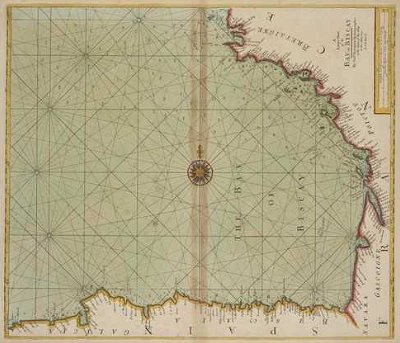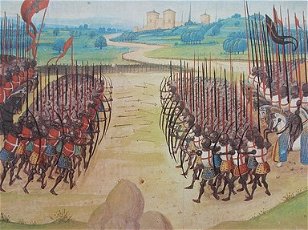 The Hundred Years' War went on for quite a while, so it included a variety of events and important historical moments. Test your knowledge of ten of them with this quiz.
The Hundred Years' War went on for quite a while, so it included a variety of events and important historical moments. Test your knowledge of ten of them with this quiz. Average, 10 Qns, Fifiona81,
Sep 07 18
 The Hundred Years' War went on for quite a while, so it included a variety of events and important historical moments. Test your knowledge of ten of them with this quiz.
The Hundred Years' War went on for quite a while, so it included a variety of events and important historical moments. Test your knowledge of ten of them with this quiz.  There were three main stages of the war which lasted from 1337 until 1453, with periods of peace. They are the Edwardian phase, 1337-1360, the Caroline phase, 1369-1389, and the Lancastrian phase, 1415-1453. Sort the events listed into the correct phase.
There were three main stages of the war which lasted from 1337 until 1453, with periods of peace. They are the Edwardian phase, 1337-1360, the Caroline phase, 1369-1389, and the Lancastrian phase, 1415-1453. Sort the events listed into the correct phase. |
|
 Quick Question
Quick Question = Top 5% Rated Quiz,
= Top 5% Rated Quiz,
 Top 10% Rated Quiz,
Top 10% Rated Quiz,
 Top 20% Rated Quiz,
Top 20% Rated Quiz,
 A Well Rated Quiz
A Well Rated Quiz
· All questions, answers, and quiz content on this website is copyright FunTrivia, Inc and may not be reproduced without permission. Any images from TV shows and movies are copyright their studios, and are being used under "fair use" for commentary and education.